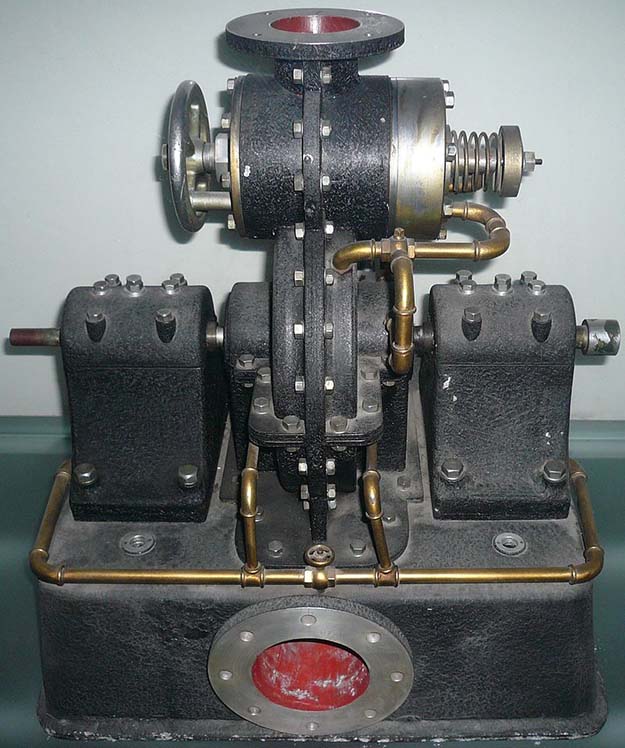These examples are relatively obscure, but highlight three aspects of a lot of survival gear that not many people realize until they have spent a lot of coin on a product that is very expensive, does not live up to its billing and/or does what it says, but not on the scale it claims.
With all survival products, the “buyer beware” principle should always be applied.
Sterling Engines
Sterling engines have been around since the early 1800s. They work, but still suffer from being bulky, heavy, expensive, and usually noisy. In addition, Sterling engines typically have low efficiency output.
You can get one to operate using the difference in heat from your hand and ambient air in the room. But to get useful value you need one that can turn a generator and produce useable electricity. 100 watts of power has limited use when your home consumes 25,000 watts a day.
Tesla Turbine
Nikoli Tesla invented this remarkable engine in 1909. It converts high pressure fluid into rotational movement using closely spaced disks with holes. Attach a flywheel, a rotating shaft, and a generator and this device could convert mechanical energy to electrical energy.
I found a working Tesla coil advertised for $289 that uses a vibrator, several high-voltage capacitors, and two coils to generate up to 50,000 volts of electricity. It can apparently transmit electricity without wires and cause unconnected light bulbs to glow in your hand, but I’m still waiting for a Tesla application that produces 5kW to 10kWof electrical power for my home
Thermal-Electric Energy
Thermal-electric energy is another technology that is over-hyped. When I investigated misleading ads advertising thermal couples that could produce enough electricity to power an entire home. For most applications, the technology cannot produce enough electricity to power a refrigerator or freezer.
Admittedly, these products are part of a very particular market – but they are prime examples of products failing the three aspects that make a lot of survival gear fun to have, but not much else.
At least, when you are considering a survival purchase ask two questions:
- Do I need it?
- Is it worth it based on how much I need it?
To learn more about survival products and why Buyer Beware is a good principle to govern purchases, check out Survival Life.
Featured Image via Survival Life/Wikipedia
